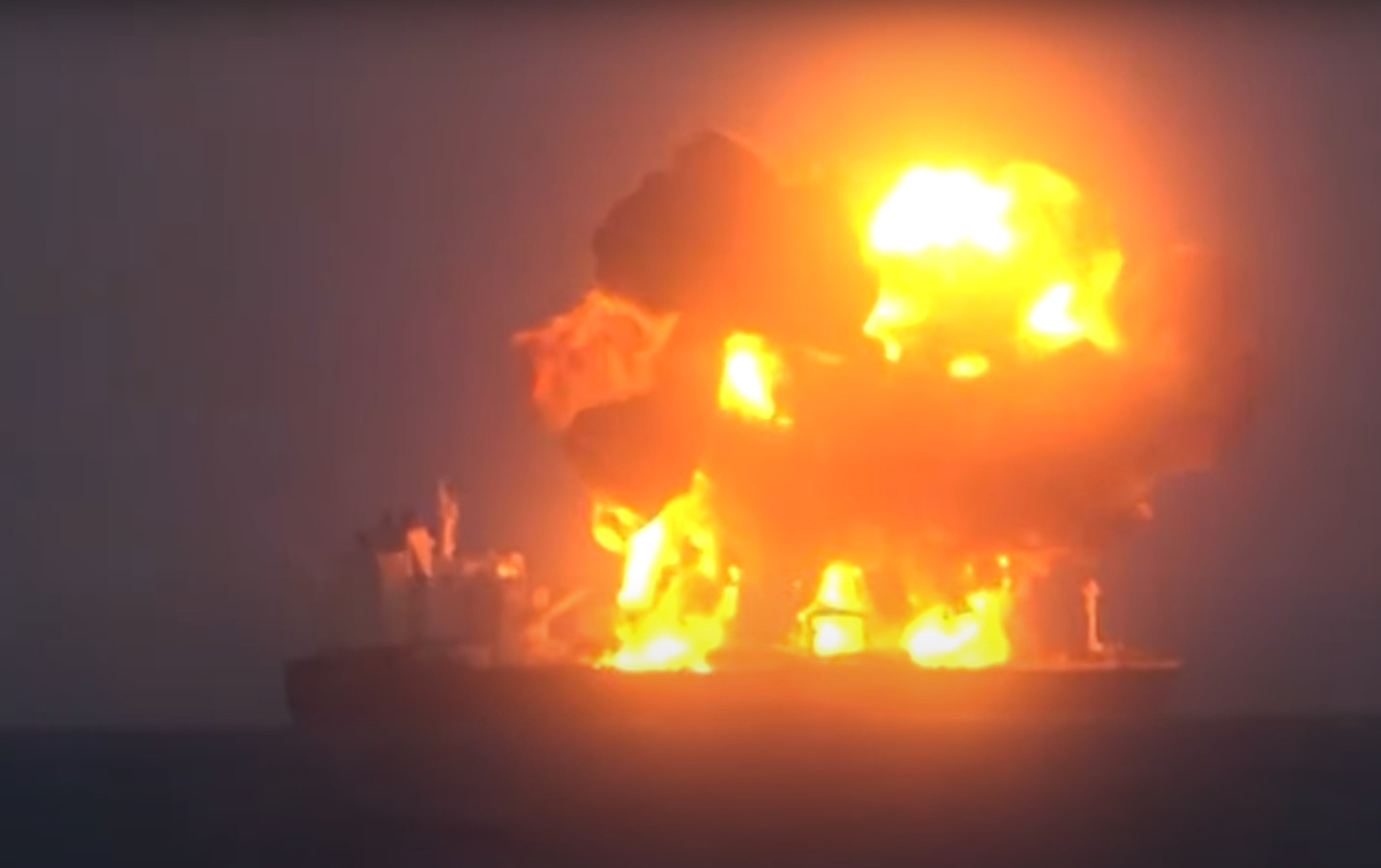
The missile strike, followed by explosives detonated on the ship’s deck, set parts of the tanker ablaze, heightening fears of a catastrophic oil spill in the Red Sea. Experts warned the damage could result in a spill four times the size of the 1989 Exxon Valdez disaster in Alaska. This triggered immediate intervention from the European Union's Red Sea naval mission, Aspides, which coordinated the rescue and salvage operation.
Towing operations began on September 14, with the vessel being moved slowly towards safer waters. However, the salvage effort has faced delays due to extensive damage to the ship, complicating the mission. Greek military sources involved in the effort indicated that the operation was “progressing at a slow pace.” The destination of the tanker remains undisclosed, though it is confirmed that the vessel is being towed to a location deemed safe to minimize environmental risks.
The attack on the Sounion underscores the continued security challenges in the region, with the Houthis controlling parts of Yemen, including strategic maritime routes. This conflict, part of Yemen’s broader civil war, has resulted in significant disruptions to international shipping and posed environmental hazards in the Red Sea. Both regional and international actors have raised concerns about the potential for increased environmental damage from attacks on oil vessels.
Topics
Spotlight
